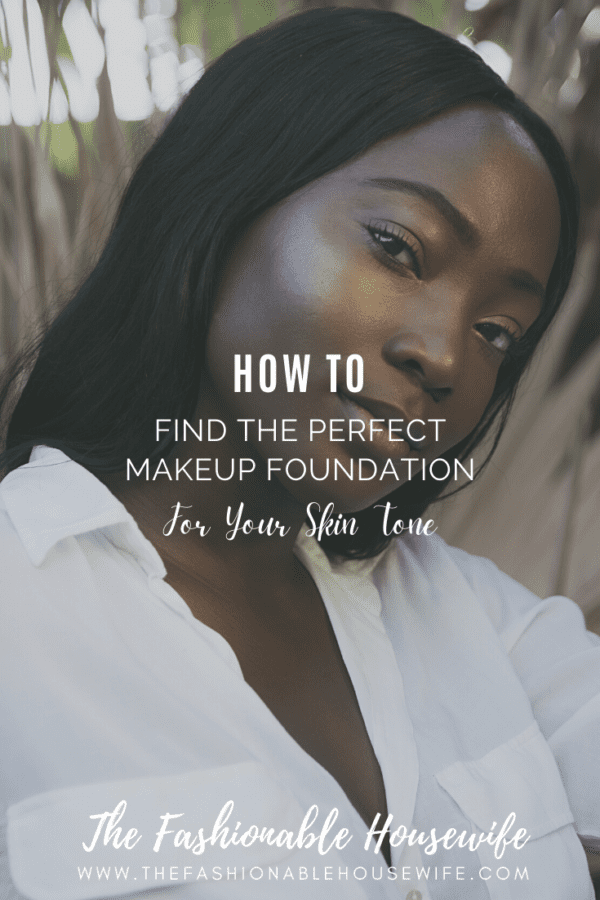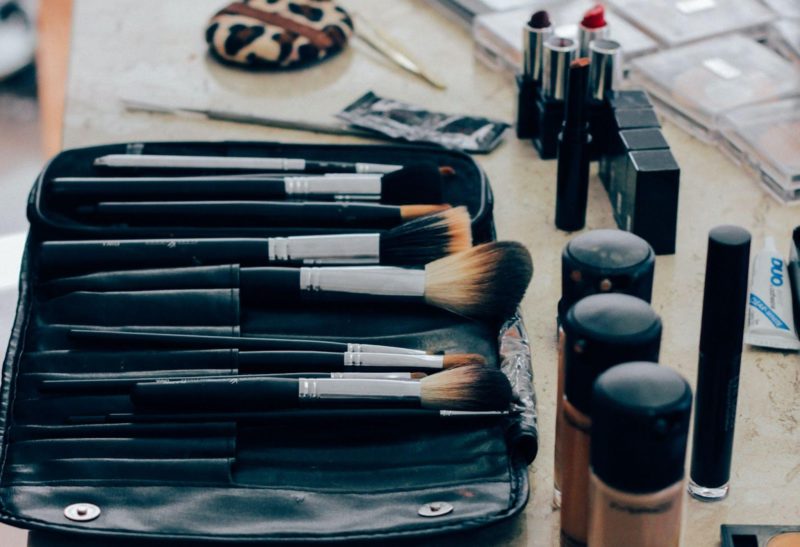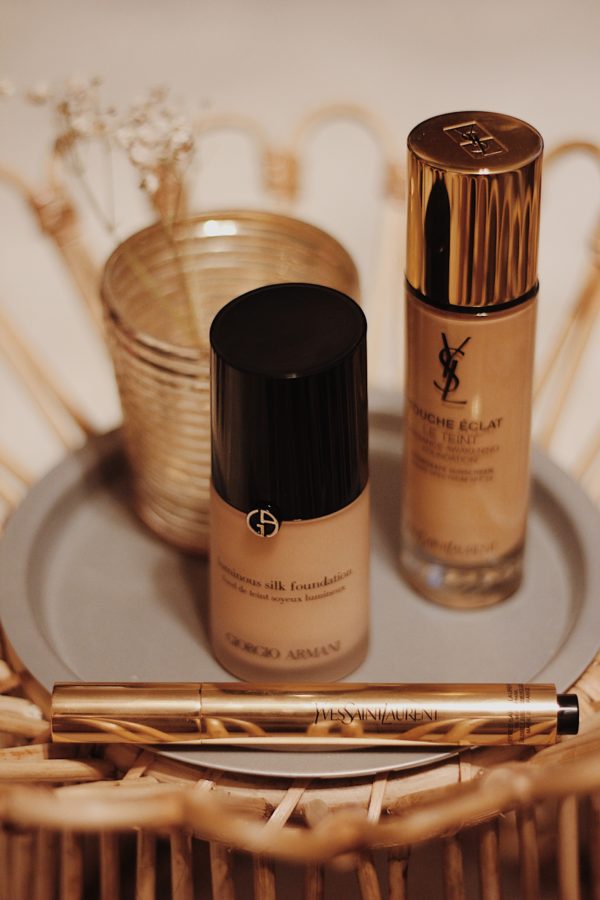
Meta: Women of color find buying makeup a challenge; it’s only in recent years that brands have realized not all skin tones are the same. In this post, we work out how to find the perfect foundation.
Perfect Foundation| Matte Foundation
With a vast selection of finishes and shades to pick from, a foundation can be one of the most challenging beauty products to shop for and get right.
Several foundation manufacturers have increased their shade ranges to include darker skin tones, making it easier than ever to find the ideal match.
However, finding the ideal hue combination might be complex. The easiest way to identify your actual foundation color is to pick a shade that is closest to your skin tone, then apply it directly to your face. “If it fades flawlessly and evens out the complexion without changing your skin color, you have found a good base,” says Ruby Hammer (makeup artist).
“Matching your foundation under natural light is a smart idea because flash photography can change the tint of a product.”
Whether you’re looking for the best matte foundation or something that will give off a dewy finish, we’ve asked around and put together some tips and tricks to help you get the perfect product.

Know your skin type
The first step is to know what kind of skin you have. Is it oily, normal, or dry? Do you have sensitive skin? It’s essential to understand how your skin reacts and use this information when choosing a foundation.
Once you know what kind of skin you have and consider other factors, such as which age group fits better (mature skin has different requirements to young skin), it’s time to consider other factors like hydration.
The right time to apply makeup is when the skin is well hydrated. If not, all makeup will give an appearance of having fine lines. Each morning after using the usual products for cleaning your face, put on a moisturizing base.
Moisturizing base products tone up the complexion and provide better performance for other products such as primer or foundation. It will create a smooth surface, clarify pores and neutralize redness on some parts of the face. If you have very greasy skin, choose a matte finish base or primer.
The next step is to choose the proper tone of foundation. When selecting a foundation, you can’t base your choice on a sample that comes with a product or color selected at the store. The reason for this is straightforward: there are lots of shades within each range, and it’s unlikely your skin tone will be uniform.
You will have to try several tones and colors until you find the exact one. If it’s been a while since your last purchase, consult a professional makeup artist so they can help you decide what tone is best suited to your skin.
In case you have oily skin, be careful when applying powder. Do not overload the face because it will look cakey and could generate more oil production.
If you have drier skin, use a cream-based foundation to cover specific areas like the nose and chin. Do not forget to use concealer under the eyes (this area will appear much brighter) and add a slight blush on your cheeks. Cream-based products work very well for mature faces because they tend to be more hydrated than younger skins.
If you have sensitive skin, it is best not to choose fragrance bases or ingredients that do not agree with you. If you feel any irritation on your face, it is better to stop using the product immediately.
Another important thing when choosing a base is knowing if you have allergies. For example, some people may be allergic to Lanolin, often found in cosmetics. If you feel itching, redness, or swelling on your face, seek medical advice and check which ingredients can cause such side effects.

Use a Primer and a Brush
Use a primer under your makeup, especially if your skin is dry or mature. Choose a primer with moisturizing properties such as hyaluronic acid, so you don’t dry up during the day. The primer ensures your foundation stays put.
DO NOT apply foundation with your fingers, or you could end up with an uneven finish. It’s best to use a foundation brush or a silicon puff.
You can also try silicone puffs if you are looking for an even application. Silicone puffs are much softer than a sponge, making it easier not to push too hard on your skin, especially around the sensitive eye area.
If you’re still not sure, here are some key pointers on how to choose a color that works:

How to get the color right
Look at your collarbone – this is where the best foundation color will end up after blending into your face and neck.
Always check under both natural and artificial lighting before purchasing a new foundation shade. It may not be the same as your skin tone, but it should be close.
Avoid buying a foundation formula that is too light or dark for your complexion – this can make you look like an entirely different person and ruin your look.
If you’re unsure how deep your skin tone is, start with something in the middle range and work out from there.
Selecting a shade that’s two or three shades lighter than your natural skin tone may cause more problems than it solves – it won’t blend into the skin. It will leave an obvious line where the foundation starts to fade naturally, only drawing attention to flaws such as under-eye circles. On its own, applying anything other than clear primer or a color-matched liquid concealer under the eyes will only highlight the area further.
People with darker skin have other concerns to worry about, such as hyperpigmentation and scarring. If you have dark spots or uneven texture, a lighter-colored foundation would be self-evident on your face. Look for a formula that offers coverage without being too heavy – while still blending well into the skin.
Last Tip
The last tip -If it looks okay in natural light but not when photographed. It’s because you used too much product! In this case, use less amount of makeup next time. Or start using foundations suitable to photograph, and generally, that means products that give a matte finish.



